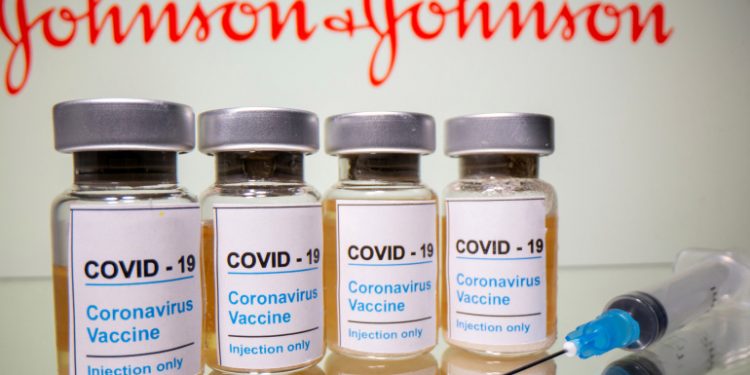- 200 000 doses of the J&J vaccines expected in SA in the next two weeks.
- About 200 000 healthcare workers have already been vaccinated.
- There are worries about a potential third wave of Covid-19 after the Easter holidays.
The last 200 000 doses of the Johnson & Johnson vaccine that form part of the Sisonke Ensemble study are expected in the country in the next two weeks.
Addressing the parliamentary health portfolio committee on Wednesday, Professor Glenda Gray – the chief executive of the South African Medical Research Council (SAMRC) and lead investigator of the J&J trials – said the vaccines were being shipped from the US.
“The vaccines were all over the world. The last amount of doses – which will be 200 000 – were in the US. We had to get approval from the FDA [Food and Drug Administration] and the US government to allow them to release these vaccines because there’s a global shortage of vaccines. They needed to understand that this was part of a study. These things take time and negotiations.”
Gray said the only way to get out of the pandemic was to vaccinate as many people as possible.
“We have to vaccinate to save lives.”
So far, the study has vaccinated about 200 000 healthcare workers at 72 sites across the country. The aim is to vaccinate 500 000 healthcare workers.
Gray said once a national rollout starts, the Sisonke sites will be used to vaccinate the population.
“As far as I understand, the J&J agreement has been signed and there is a schedule of vaccines that are available [for a general rollout]. We can ask the department of health when these vaccines will come.”
She cautioned against using vaccines that have not been clinically tested locally.
Currently, the South African Health Products Regulatory Authority is reviewing applications from the Russian Sputnik V and the Chinese Sinovac vaccines for local use.
“We need local data. We cannot extrapolate from one country to the next. We need to be careful,” Gray warned.
Gray said she was worried about a potential third wave of Covid-19, especially after the Easter holidays.
“As we go into winter, a third wave is imminent. We [SAMRC] give out a weekly mortality rate and there is a slight uptick that we have to keep an eye on.”








The reconditeness in this piece is exceptional.
Thanks on putting this up. It’s well done.